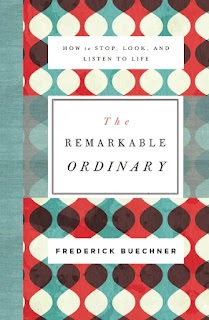By Miriam Toews
Bloomsbury 2019
227 pages Literary
If there is such a classification as “real-life dystopia,” Women
Talking is a perfect example. This ironic, iconic, and timeless story
about abused women was the book we discussed at book club this week. I read the
book after I saw the movie, which was nominated for an Academy Award for Best Motion
Picture and won for Best Adapted Screenplay. I watched the movie again just
before book group. Those friends who had not seen the movie struggled a bit
with the book.
A brief summary. There are several large Mennonite
communities in the countryside of Bolivia. (Who knew?) Most of these
communities are ultra conservative. Between 2005 and 2009, more than 150 women
and girls were raped at night in their home by a group of colony men who
sedated them with animal tranquilizer. Miriam Toews used this horrible story as
the foundation of her novel, Women Talking. In the novel, the women are meeting in
the hay loft of a community barn to discuss these attacks and how they should
respond to them. They ask August, the local schoolteacher who grew up in the
colony, to help them keep the minutes of their meetings because they can’t read
or write. That doesn’t mean they aren’t smart.
The book is primarily discussion, with few plot devices to
move the story forward. The women do not talk about their rapes but what they
should do to get out of there. Some of the men have been arrested, and other
men of the community have gone to the city to bail them out. The women see this
as an opportunity to escape.
“The women have come up with three
competing plans. They can remain in the colony and live exactly as they did
before the assaults, they can stay and fight for change or they can hitch up
their buggies and leave. Although they disagree constantly and sharply, there’s
one point on which they concur: They have been treated like animals — and it
didn’t start with the rapes. ‘When our men have used us up so that we look 60
when we’re 30 and our wombs have literally dropped out of our bodies onto
spotless kitchen floors, finished, they turn to our daughters,’ a woman named
Salome says. ‘And if they could sell us all at auction afterwards they would.’
Fierce, articulate Salome often gets the last word, but the novel is a choral
ensemble piece in which each woman chimes in with a distinctive voice.”
This is from the New
York Times review.
The reader becomes
totally caught up in these discussions, and as the sparse plot begins to
thicken, the reader’s anxiety rises. The ending has the women leaving the
colony, and the reader is left not knowing what will happen to them. Yet, the
plot is not the most significant aspect of the book. The role of women in this
society is the most important piece. The burning question is whether or not
their faith means that they have to forgive these men who have attacked them.
Faith is the theme of the book. Of course, the role of women is the most
important talking point of the novel.
Book group had an extremely lively discussion about the book
and the movie. The major gripe my friends had concerned the difficulty the
readers had keeping track of the women. The problem is that their names are
difficult to remember. This is not such a problem in the movie, because the
viewer sees the faces of the women, and the names are not so important. In
other words, it all made more sense in the movie. The movie stays pretty close
to the book, although a few things are altered.










